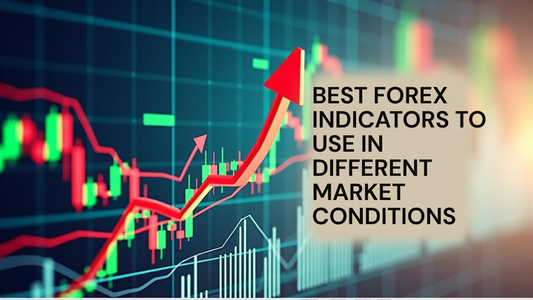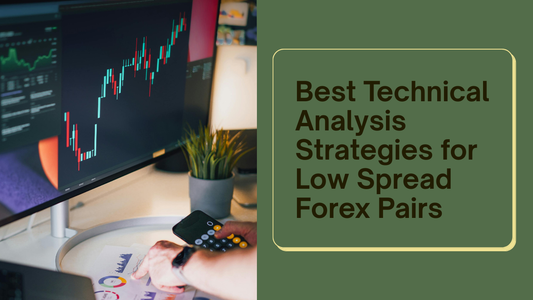
Forex Trading: Analyzing Economic Indicators For Success
Share
Forex trading, also known as foreign exchange trading, is a global market where currencies are bought and sold. It offers immense opportunities for individuals to make profits, but it also comes with its fair share of risks. To navigate this complex market successfully, traders need to analyze various economic indicators that can impact currency values. In this blog post, we will explore the importance of analyzing economic indicators and how it can contribute to your success in forex trading.
What are economic indicators?
Economic indicators are statistical data points that provide insights into the overall health and performance of an economy. These indicators can include factors such as employment rates, inflation, GDP growth, interest rates, and consumer sentiment. By analyzing these indicators, traders can gain a better understanding of the economic conditions of a country and make informed trading decisions.
Why are economic indicators important in forex trading?
Economic indicators play a crucial role in forex trading as they provide valuable information about the strength and stability of a country's economy. Currency values are influenced by a wide range of factors, including economic conditions. By monitoring economic indicators, traders can identify trends, anticipate market movements, and make more accurate predictions about currency fluctuations.
Which economic indicators should forex traders analyze?
Forex traders should focus on analyzing key economic indicators that have a significant impact on currency values. Some of the most important indicators include:
- Gross Domestic Product (GDP): GDP measures the total value of goods and services produced within a country. A strong GDP growth indicates a healthy economy and can lead to an appreciation of the currency.
- Interest Rates: Central banks use interest rates to control inflation and stimulate economic growth. Higher interest rates can attract foreign investors, leading to an increase in currency demand.
- Employment Data: Employment data, such as non-farm payrolls and unemployment rates, provide insights into the labor market's health. Positive employment data can boost a currency's value.
- Inflation: Inflation measures the rate at which prices of goods and services increase. High inflation can erode the purchasing power of a currency, leading to its depreciation.
- Consumer Confidence: Consumer sentiment reflects the public's optimism or pessimism about the economy. Positive consumer confidence can drive economic growth and strengthen a currency.
How to analyze economic indicators for forex trading?
When analyzing economic indicators, forex traders should consider both the actual data and the market's expectations. If the actual data deviates significantly from the market consensus, it can lead to market volatility and currency fluctuations. Traders should also pay attention to the historical trends of economic indicators and their correlation with currency movements.
Additionally, traders can use technical analysis tools and economic calendars to stay updated on upcoming economic releases. By combining fundamental analysis with technical analysis, traders can make more informed trading decisions and improve their chances of success in the forex market.
Conclusion
Analyzing economic indicators is a crucial aspect of forex trading. By understanding the impact of economic factors on currency values, traders can make more informed decisions and increase their chances of success. It is essential to stay updated on economic releases, monitor key indicators, and analyze their historical trends. With a solid understanding of economic indicators, traders can navigate the forex market with confidence and achieve their trading goals.



